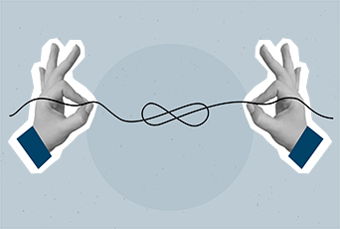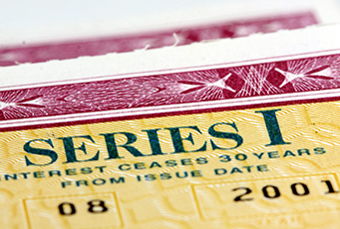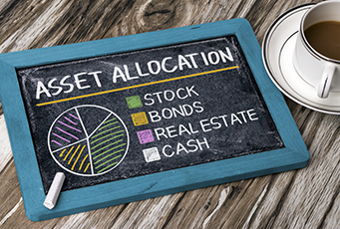Get financial clarity, insight, and analysis delivered straight to your inbox.
Subscribe to our weekly blog.
The Bonds that Tie – An Exciting Look at Fixed Income
With today’s yields being much higher than the close to 0% yields that prevailed for many years, fixed income investments can offer attractive returns for that part of your portfolio that serves as a ballast.
Revisiting I-Bonds
Now that I-Bond yields are no longer offering the eye-watering yields of 2022, you may be looking to sell. Consider waiting until the November rates are revealed to see if the rates climb back a little higher and make the bonds more attractive versus other options.
Fixed Income Portfolios: Go Long or Checkdown?
Over the last several months, the Bedel Financial team has taken small steps to lengthen the duration of our clients' fixed-income portfolios to lock in intermediate-term yields while remaining diversified on the shorter end of the curve.
Savings Bonds Beyond $10,000
One easy way to purchase additional I Bonds is through a revocable living trust. Many Bedel clients have either individual trusts or joint trusts.
Market Jitters - Don’t Panic!
As equity and fixed income assets across the globe decline in unison, it is imperative to tune out the noise of day-to-day headlines and remain committed to the strategy of a personalized financial plan.
Amidst Bond Market Carnage - Any Opportunities?
High yield, investment grade, long-term, and intermediate bonds have taken large hits. Only short-term and adjustable-rate bonds have largely escaped the carnage. So what is happening to the bond market, and what should you do?
Should You Buy Bonds in 2022?
Owning bonds today is still relevant because they provide steady income and protect portfolios when risky assets fall. If you rely on your portfolio for spending, the bond portion should protect your spending level.
Want to Earn 7% Risk-Free? There’s a Catch
The 7% yield is very attractive. It will probably change in May, but even then, the new yield will still likely be well above any other yields that you can get on cash alternatives.
How to Build a Post-COVID Portfolio
Bond yields are at historically low levels, and the Fed has indicated no interest in creating negative yields. How do you rethink what bonds mean for your portfolio? What's the best way to avoid disappointment in a post-COVID portfolio?
Bonds: The Canary in the Coal Mine
Have you heard the expression about the canary in the coal mine? Canary birds were the first to react to unhealthy conditions in coal mines and served as a warning to the miners. Bonds can also be like those canaries, warning investors of a coming recession.
Records Get Headlines but Other Developments Are More Important
The stock market has experienced dramatic daily and weekly swings, both positive and negative. While traditional economic data will likely continue to be negative for some time, it is helpful to pay attention to developments in other areas that also provide signals of the health of the economy.
Is Your Bond Portfolio Putting You at Risk?
When it comes to your investment portfolio, taking risk shouldn’t be a foreign concept. But many don’t necessarily think of risk when investing in bonds. We discuss the types of risk you would commonly find in the world of bonds and highlight what those risks could mean for your portfolio.
Customize Your Approach to Asset Allocations
When it comes to asset allocation, there’s no solution that’s one-size-fits-all. As you near retirement, it’s increasingly important to be sure that your balance of stocks to bonds is appropriate. We’ve detailed two methods to help determine what your asset allocation should look like.
Bond Yield Curve: Indicating Recession?
Investors, the bond market’s yield curve is indicting the possibility of impending recession! However, while the shape of the yield curve can be used as a tool to project the future health of the economy, it is not a crystal ball. Read on for a better understanding of yield curves and how this trend could impact you.
Good News for Bond Investors
Do you know what you’re paying for when you purchase a bond? Most people would say, “Of course - the bond.” But there are fees, similar to a mark-up, built into the bond price. The good news is those costs are now required to be disclosed to the purchaser. Why does this matter? If you know what you’re paying for, you’ll be able to make better-informed decisions on your bond purchases.
Got EE Savings Bonds?
Quite a few people have savings bonds that they purchased or received as a gift years ago. If you’re one of those people, you’ve probably wondered what they’re worth or what you can do with them now?































